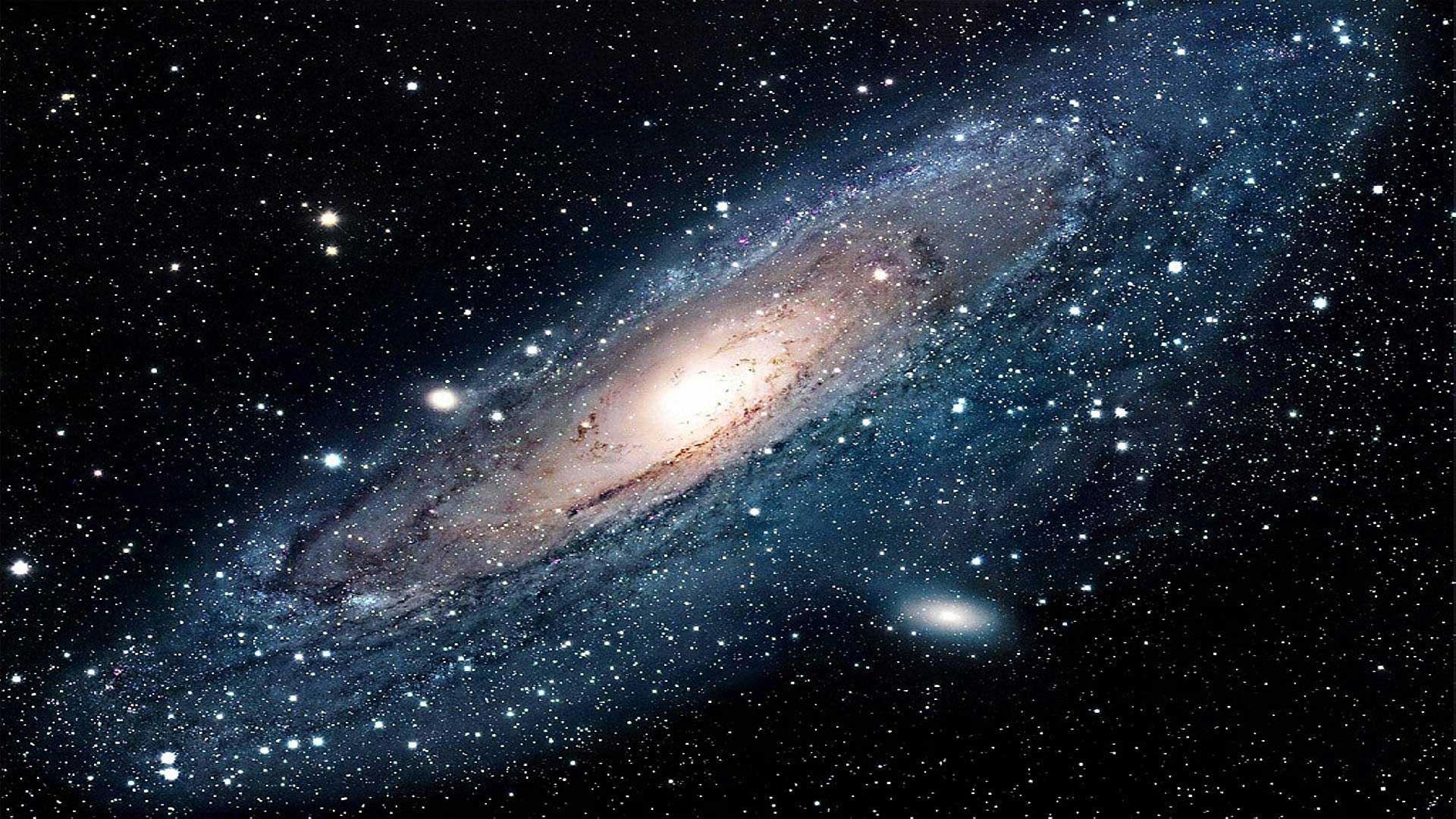Castralla
The fifth planet in the Castor system. Settled by Canopans in the year 136 NER.
The unique properties of the Castor system has made this region popular for scientific research, though the planet has a lot of resources the Canopans are using. Rich in Nickel, Iridium, Gold, and Platinum, there are several mines on the planet. Farms have been built to feed the people on the planet, as well as the research station in the system.
Due to the extremes in temperature, the smaller cities are in domes due to the extreme weather that can occur. The first city built, Hardall, has the largest population at 2.4 million people. It is not a domed city, though all buildings have complete environmental systems.
While Hardall does have roads for cars, most people use the underground subway system, locally called the tram, or trams. Many homes even have ways to get to the tramway without going outside, which is handy in the extreme summers and winters. During the spring and autumn seasons roadways will be busier, but traffic jams are still rare.
Ecosystem Cycles
Castralla is unique in that it orbits four stars, in two binary pairs.
What most people refer to as Summer and Winter, are based on the orbit, and causes extremes. When the planet is closest to Castor A, the brighter star in the system, the daytime temperatures averaging around 35 degrees Celsius, the nights only drop to the high 20s. The second summer, when the planet is closest to Castor B, temperatures are a bit cooler, with the high 20s being the normal daytime temperature, and the low 20s at night.
Winters come when the planet is at it's furthest from both stars in it's orbit as it moves from one pair to the other. Winters are long and harsh, with the coldest days being around -20 Celsius at the equator, and the poles being incredibly cold at -50 or below.
The entire orbit takes approximately 13.5 earth years, with the seasons going something like this. For this table, the first day is when the planet is at the midpoint between stars, and on approach to Castor A.
* The temperature range listed is at the midpoint of the season. Typically, these temperatures last for 3-6 months (on Earth) before transitioning gradually to the next temperature range.
| Season | Duration | Range of Temp* |
|---|---|---|
| Winter A | 1.6 years | -22 to -16 degrees |
| Spring A | 2 years | 8-15 degrees |
| Summer A | 1.5 years | 30-38 degrees |
| Autumn A | 1.75 years | 10-20 degrees |
| Winter B | 1.5 years | -25 to -18 degrees |
| Spring B | 1.8 years | 6-12 degrees |
| Summer B | 1.75 years | 24-30 degrees |
| Autumn B | 1.6 years | 8-16 degrees |
Natural Resources
Most of the major natural resources are in the mines, and a lot of deuterium (heavy water) from the vast oceans.
The largest mining resources are
- Nickel
- Iridium
- Gold
- Platinum
- Rellium



Comments